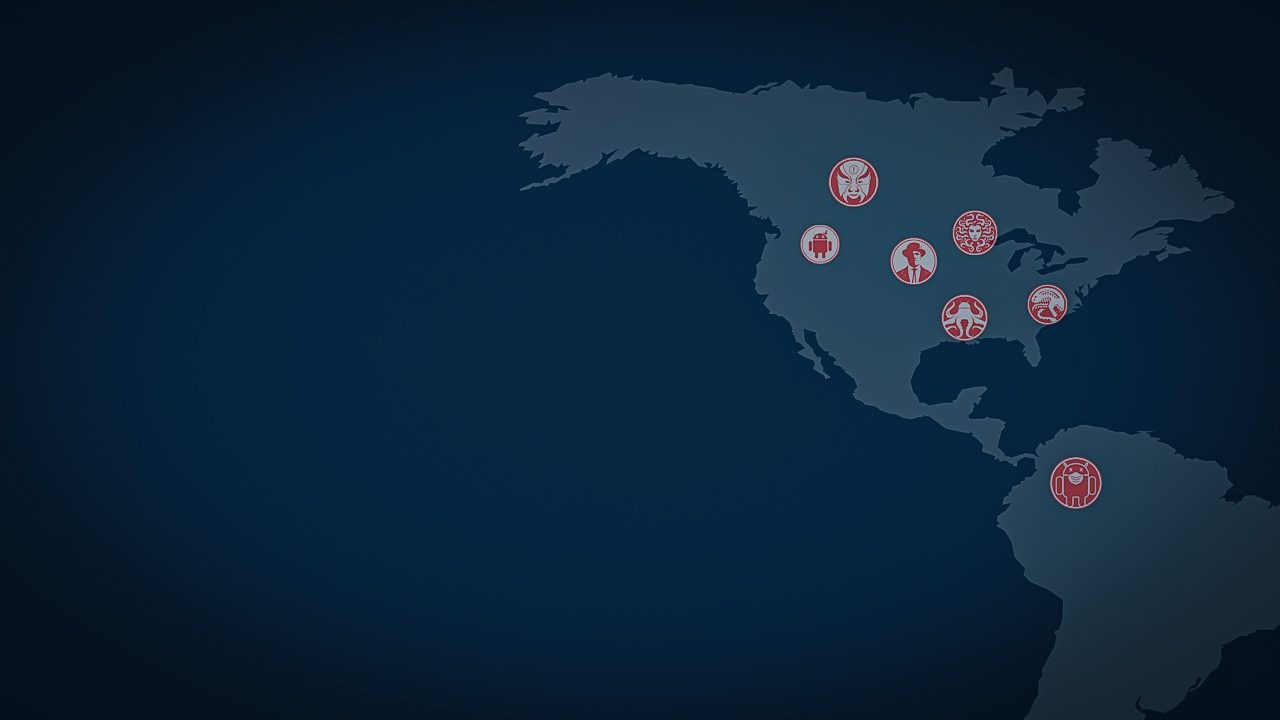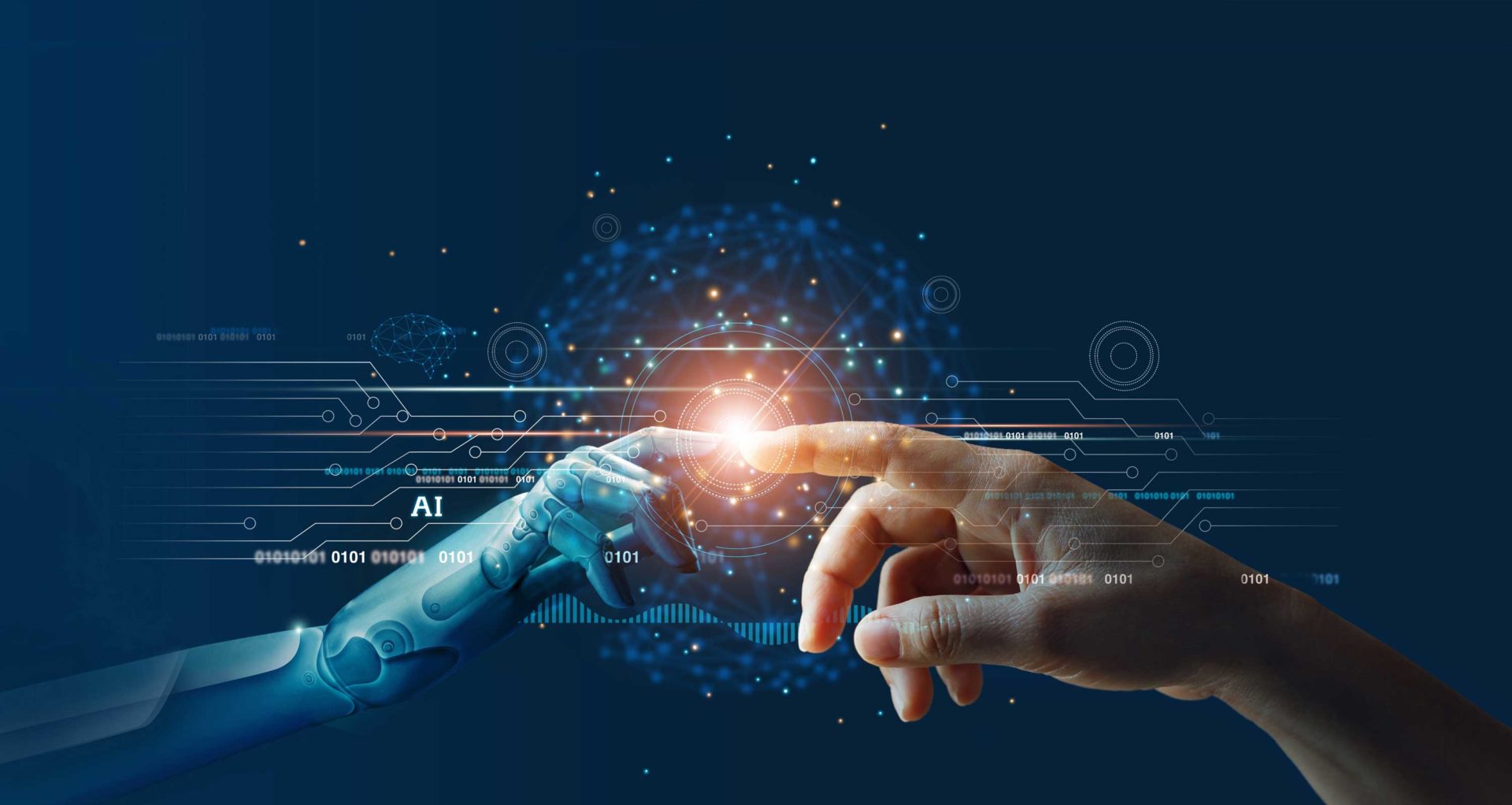The Rise of AI-Powered Language Models: What Does the Future Hold?
In recent years, the advancement of AI-powered language models has startled many and opened up new avenues of exploration. At their core, these models represent a remarkable convergence of technology and creativity, enabling significant breakthroughs in various fields, from journalism to programming. This journey is ongoing, and its implications will undoubtedly shape the fabric of our digital and real-world experiences.
Exploring the evolution of AI language models.
Understanding the Core Technology
The backbone of modern language models lies in deep learning, particularly in architectures like transformers. These models have transformed the way we interact with machines, allowing for more nuanced and sophisticated responses than previous iterations of AI. With enormous datasets training these systems, they can generate context-aware content that mimics human language patterns. For example, when I first encountered an AI-generated text that addressed a complex narrative seamlessly, I realized how far we had come.
Practical Applications in Today’s World
One might wonder how these technological advancements manifest in real-life applications. For starters, industries are leveraging AI-driven tools to enhance customer service. Chatbots, powered by these sophisticated models, are capable of understanding and responding to queries with precision. Imagine walking into a store and having a virtual assistant who knows your shopping history and preferences, guiding you every step of the way. This level of personalization was once the pipe dream of science fiction, yet here we are, teetering on the brink of that reality.
Moreover, these models are reaching into fields like healthcare, where they assist in patient communication and diagnostic procedures. In my own experiences with telemedicine, I witnessed a system capable of interpreting health queries and providing comprehensible answers to patients, which speaks to the power of AI.
AI’s role in transforming healthcare communication.
Challenges and Ethical Considerations
As we revel in these advancements, we must not overlook the ethical considerations and challenges that accompany them. The potential for misuse of such powerful technology is a source of concern, prompting experts and industry leaders to devise frameworks for responsible usage. For instance, the fear of AI-generated misinformation is palpable; how do we differentiate between genuine human-created content and that which is simulated?
During a discussion with fellow journalists, I posed this question: As we integrate these systems more deeply into our practices, can we maintain our integrity? The onus may fall on us to ensure that transparency guidelines are adhered to when utilizing AI tools in our reporting. As stewards of truth, we must navigate this landscape with caution.
The Path Forward
Looking ahead, the trajectory of AI development suggests that these models will only become more capable and pervasive. Educational institutions, too, are beginning to infuse AI-based tools into their curricula, teaching future generations how to collaborate with machines effectively.
From my perspective, fostering an environment where humans and AI coexist harmoniously will require ongoing dialogue between technologists, ethicists, and the public. By fostering transparent conversations about capabilities, limitations, and ethical implications, we can lay down the groundwork for a responsible AI-driven future.
Imagining a future co-created with AI.
Conclusion
In summary, AI-powered language models have ushered in a new era of possibility, with the potential to change how we communicate, learn, and make decisions. As we explore this brave new world, it’s vital that we approach these tools with a balanced mindset—celebrating innovation while recognizing the responsibilities that come with such power. Together, as we bridge the gap between human creativity and machine intelligence, we can carve a path toward a future that respects both our humanity and our technological advancements.


 Photo by
Photo by 










